USPS Intelligent Mail Barcode With Dymo
Many years ago I lived at a military base in Japan and used to use Stamps.com with a Dymo LabelWriter. At that time you could add a USPS Intelligent Mail Barcode (IMB) to your shipping label in the Dymo software. In theory your mail will travel faster because it gets sorted faster with the barcode on it.
Then one day Dymo just dropped the IMB capability from their software. And it remained gone for years. However, with the latest version of Dymo Connect Software, it has returned.
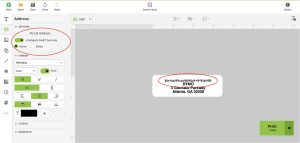
DYMO IMB Returns!
Dymo has this to say in their online manual about IMB:
Intelligent mail barcode (US only)
Starting with DYMO Connect 1.4.4 you now have the ability to create Intelligent Mail barcodes.
The Intelligent Mail barcode is USPS barcode technology used to sort and track letters and flats. Intelligent Mail barcode technology combines the capabilities of the POSTNET barcode and the PLANET Code barcode into one unique barcode. DYMO Connect allows you to add the Intelligent Mail barcodes in address fields or as a separate barcode IMail.
Also, the Address Fixer is back, although I think it returned in a previous version. FINALLY Dymo software is viable again in my opinion.
Continue reading →
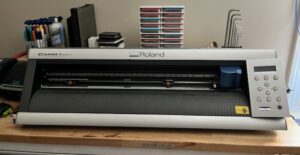


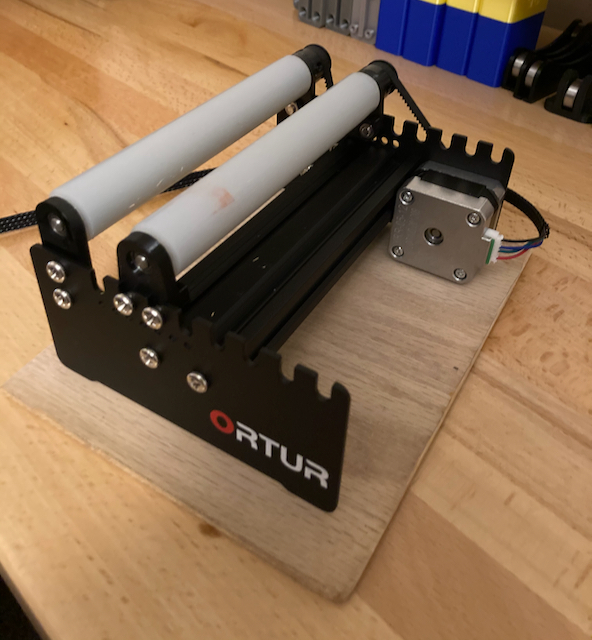
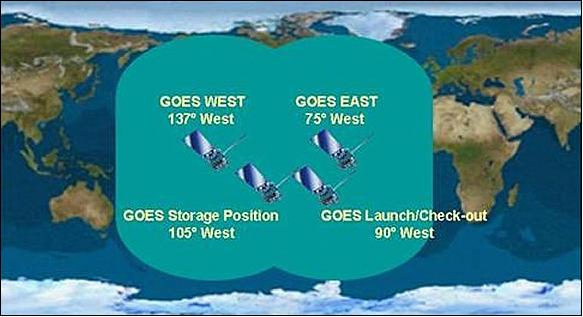
 One of my favorite hobbies of course is radio. I own a few.
One of my favorite hobbies of course is radio. I own a few.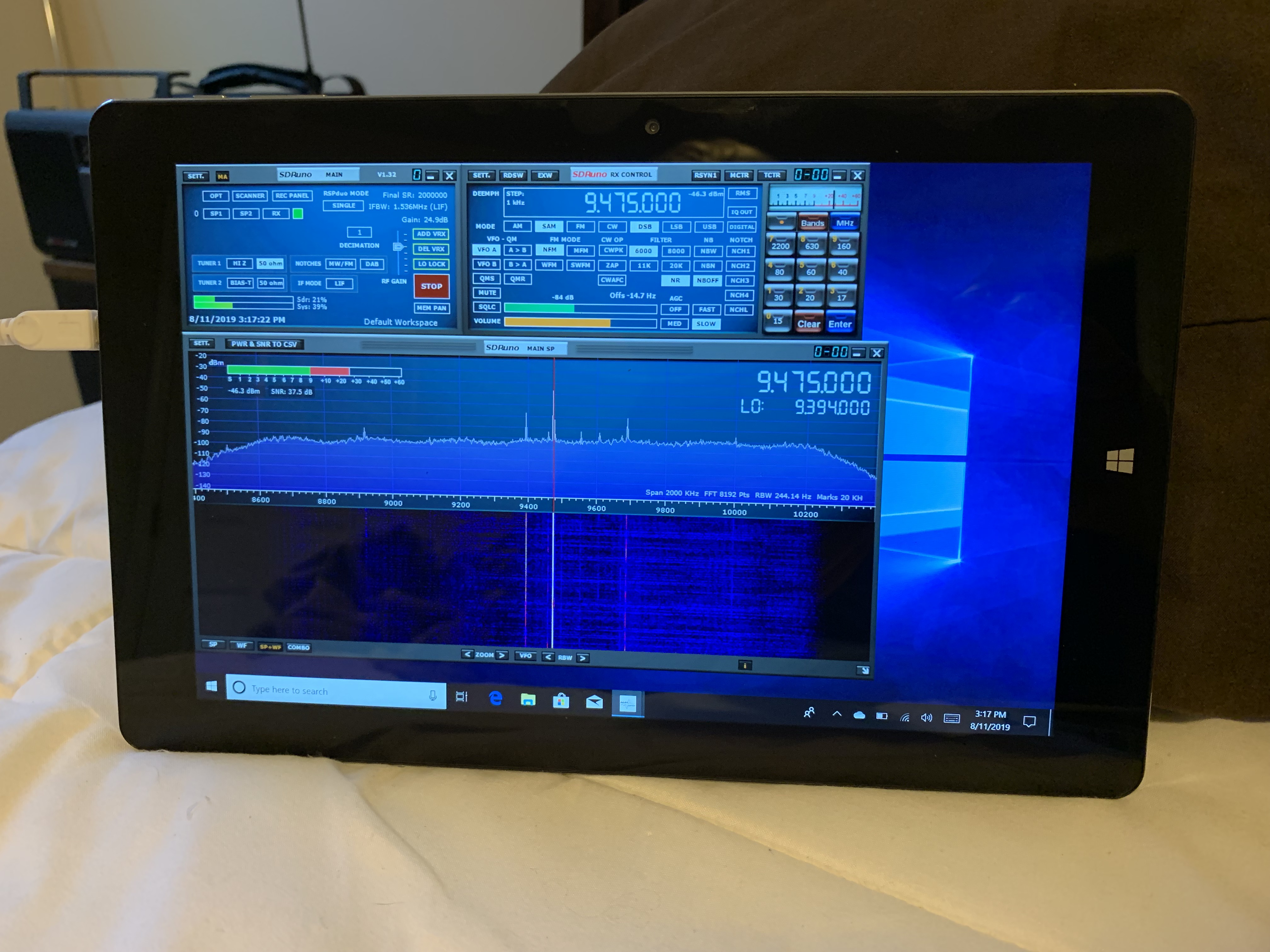 This is a review for a
This is a review for a 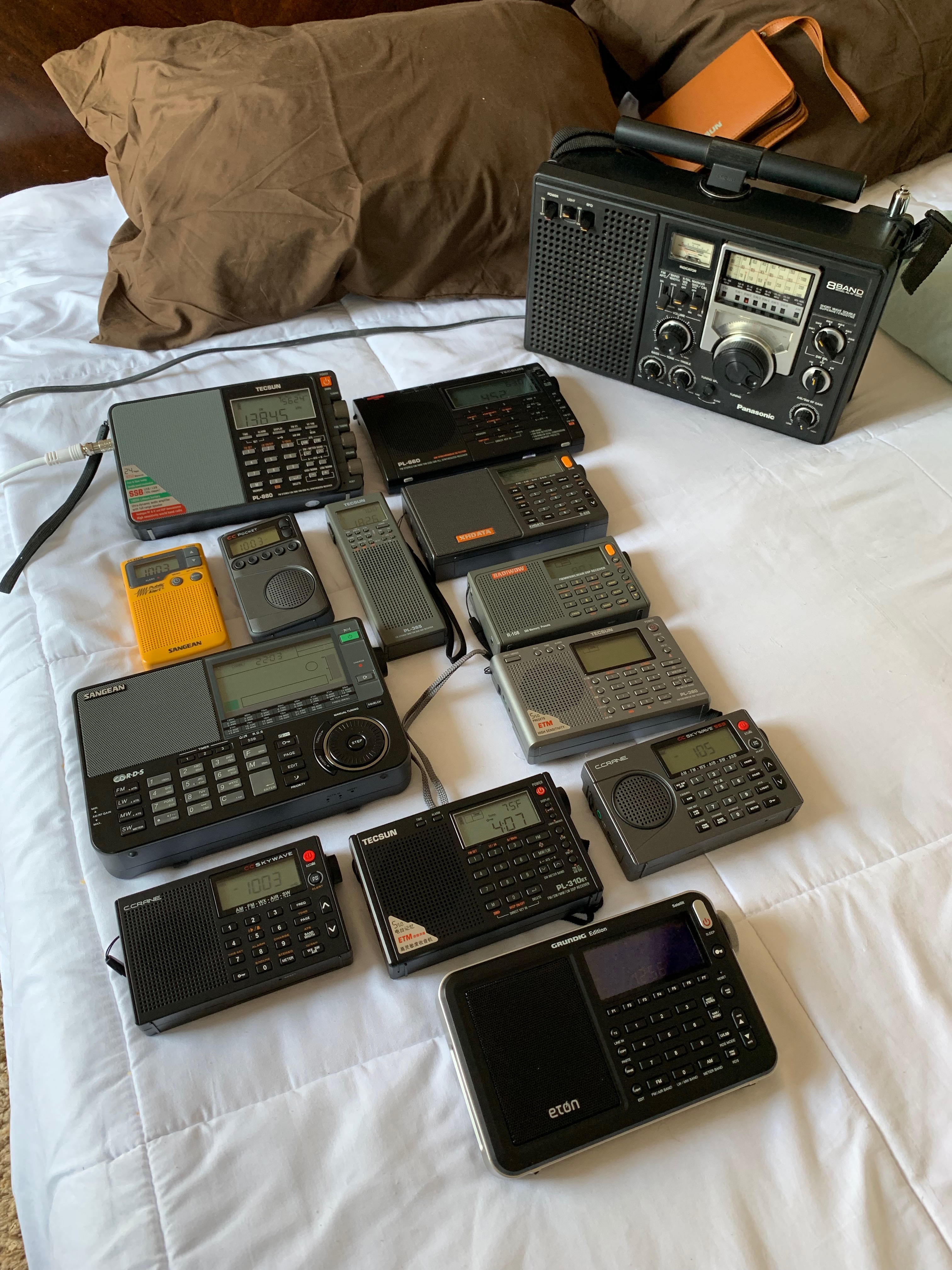
 I’ve had my
I’ve had my 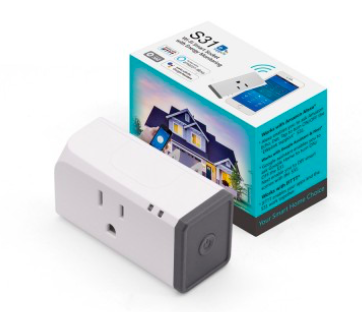 I’ve since figured out you can do a WHOLE LOT MORE with a Tasmota flashed Sonoff S31. I figure there are two important things you’d want to know about an old refrigerator.
I’ve since figured out you can do a WHOLE LOT MORE with a Tasmota flashed Sonoff S31. I figure there are two important things you’d want to know about an old refrigerator.